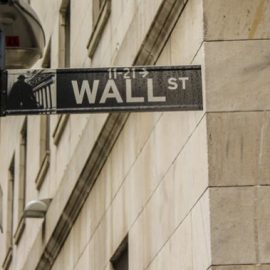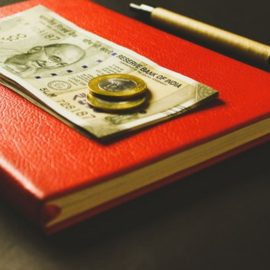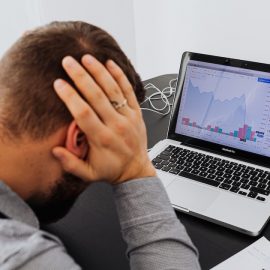

This article is an excerpt from the Shortform book guide to "The White Man's Burden" by William Easterly. Shortform has the world's best summaries and analyses of books you should be reading.
Like this article? Sign up for a free trial here .
What are structural adjustment loans? Why does economist William Easterly think they are a huge failure?
Structural adjustment loans are economic reforms that aim to transition a country to a free-market economy—but they come with many catches. In the end, these loans usually end up putting a struggling country into more debt.
Keep reading to learn why structural adjustment loans are not the answer to economic reform.
Structural Adjustment Loans
In his book The White Man’s Burden, William Easterly writes that the IMF and the World Bank have imposed a variation of shock therapy under the softer name of “structural adjustment loans”—economic reforms that recipient countries must implement in order to secure the loan. These reforms usually involve some combination of a reduction in public spending, privatization, deregulation, and a removal of trade barriers, with the ostensible purpose of galvanizing the transition to a free-market economy and improving the population’s standard of living.
However, according to Easterly, the track record of structural adjustment loans has likewise been a dismal failure. Countries often end up on multiple rounds of loans, with new loans used to cover the old ones. This only increases these countries’ overall debt load, requiring more good money to be thrown after bad, in a never-ending, vicious cycle. These governments are seldom held accountable for their corruption and fiscal irresponsibility—and, as a result, have little incentive to reform, since they know they can usually count on another round of loans.
As a result, the foreign aid ends up propping up and rewarding bad governments, while saddling their economies with massive debt loads that make them undesirable destinations for international business investment—all to the detriment of the people. The aid seldom reaches the poor people who need it, instead getting siphoned off to dictators, war criminals, local mafia-like organizations, or corrupt politicians.
| The Problem of Moral Hazard Of course, if an irresponsible government knows that it is going to continually be bailed out by the World Bank or IMF, they have little incentive to reform or crack down on corruption. In The Undercover Economist, Tim Harford describes this dynamic as a moral hazard. Moral hazard results when the existence of some kind of insurance against liability inadvertently removes the incentive for responsible behavior. For example, if your car is insured against theft, you’ll be more likely to park it on the street (where theft is more likely to occur); whereas if it isn’t insured, you might be willing to pay for a car lot (which would make theft less likely). Harford argues that moral hazards are inherent in public unemployment insurance systems as well, because they partially demotivate people to find a new job. But as a society, we don’t want people to become destitute when they suffer job loss, so the creation of some moral hazard is necessary in a benevolent society. Similarly, the IMF and World Bank have made the tradeoff that the moral hazard of bailing out known bad actors is better than the alternative of default. |

———End of Preview———
Like what you just read? Read the rest of the world's best book summary and analysis of William Easterly's "The White Man's Burden" at Shortform .
Here's what you'll find in our full The White Man's Burden summary :
- How the global humanitarian aid system is fundamentally flawed
- Why bottom-up aid models work much better than top-down models
- Why the West can't change bad governments






